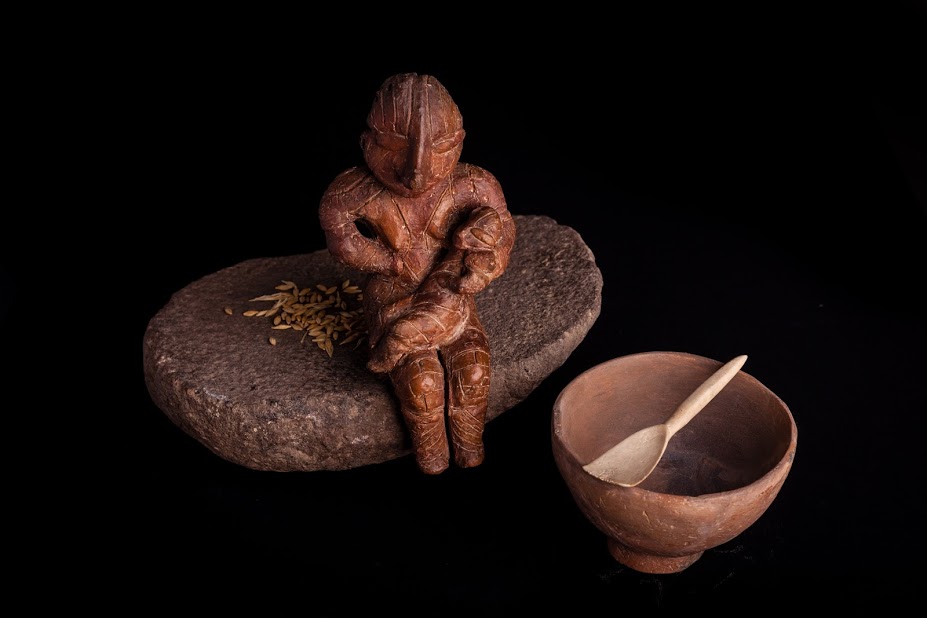BIRTH- Births, mothers and babies: prehistoric fertility in the Balkans between 10000-5000 cal BC
Acronym: BIRTH
Implementation period: 01/01/2015 - 31/01/2021
GA number: 640557
Type of Project: Horizon 2020
Internet presentation: https://www.ercbirth.com

Project aim: Understanding of skeletal, nutritive and cultural factors which led to the first demographic increase in humans, during the Neolithic, around 8000 years ago.
About the project: BIRTH is the first project supported by the European Research Council in Serbia and
investigate the key biological and cultural mechanisms affecting fertility rates resulting the Neolithic Demographic Transition, the major demographic shift in human evolution. We integrate skeletal markers with micro-nutritional and macro-scaled cultural effects on fertility rates during the Early-Middle Holocene (10000-5000 BC) in the Central Balkans. Human, animal and plant remains are analysed by using methods from bioarchaeological, forensic, chemical sciences in order to: 1) Investigate variability in the pattern of birth rates (number of pregnancies) through histological analysis of irregularities in tooth cementum of women; 2) Determine paleoobstetric and neonatal body characteristics, health status and nutrition through analysis of skeletal remains; 3) Determine nutritional changes during the Early-Middle Holocene; 4) Establish a chronology of the NDT in the Balkans by summed radiocarbon probability distributions; 5) Explore the possible role of culture in driving fertility increases, through analysis of community attitudes to birthing trough investigation of neonate graves and artifact connected to the birthing process. Given that the issues of health and fertility are of utmost importance in the present as they were in the past, the BIRTH project offers new understanding of biocultural mechanisms which led to fertility increase and novel approaches to ancient skeletal heritage, and emphasizes their great potential for modern humanity.


This project has received funding from the European Union’s Horizon 2020 research and innovation program under grant agreement No. 640557.
Themes:
1) Archeozoology
2) Physical anthropology
3) Paleodemography
4) Dental Histology